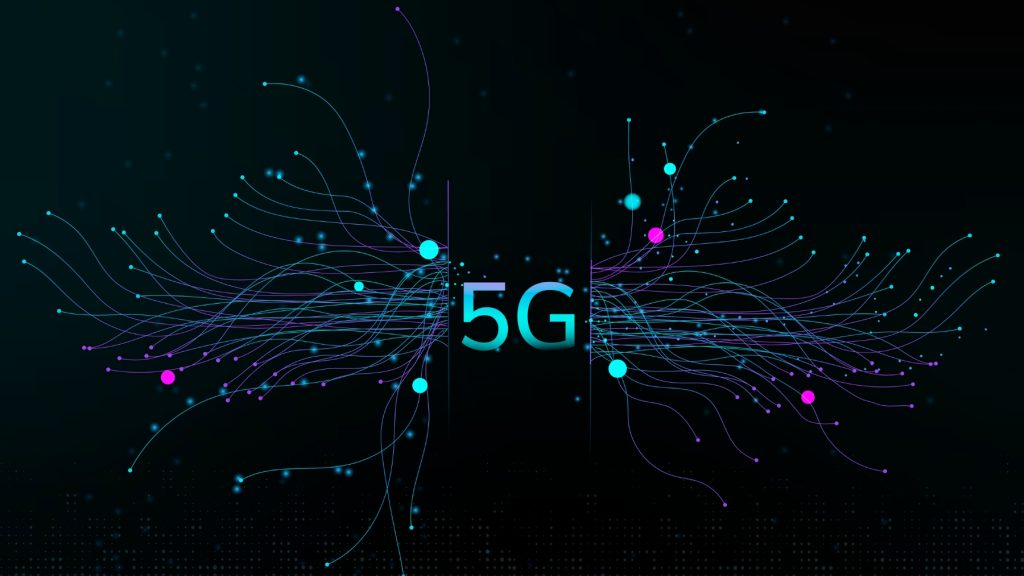
To stay up-to-date, European businesses in 2025 are still enduring challenges to its adoption of AI 5G technologies, threatening the EU’s ambitious 2030 goals and its innovative ability to stay competitive, according to Ericsson.
Challenges are not just technical issues but more like signs of lacking deeper coordination, investment, and workforce development problems within the Union. Enterprises know that resilient connectivity is a fundamental pillar that comes with far too many constraints due to outdated infrastructure.
AI and 5G technology remain out of reach for most of Europe today.
The Power of Combining 5G and AI
AI 5G is said to be a powerful match. The fast, stable networks that 5G provides can maximize AI use cases and facilitate automatic control of complex network operations.
In fact, 88% of businesses agree that “a new era of connectivity is needed if they want to unlock business innovation with AI and IoT,” and 85% say AI optimizes their networks by taking over complicated analysis and reducing manual effort for IT personnel.
Head of Ericsson, Paul McHugh, highlights how older systems fail to keep up, especially during economically critical times, and Europe is behind on its 2030 5G targets, mostly because of a shortage of coordination and talent.
Some 67% of companies point to current telecom solutions as being too complex, while 36% don’t have the right talent for 5G network management which is leading to higher operational costs and waste and lost revenue.
A majority of UK firms see 5G investment as top priority for the coming year, valuing it above AI network automation. Hence, the UK is more optimistic than its European counterparts.
For UK businesses, 5G will help them gain operational control and quick adaptation to change. Nearly all UK leaders agree that better connectivity will unlock innovation, showing more confidence than the wider European average.
AI and telecom integration also relates to aspirational goals like developing better public services and reducing carbon emissions.
Nearly half of UK companies have already embraced AI and machine learning to reduce waste made easier with 5G’s reliable networks.
Simultaneously, some European countries, like Germany and its businesses, feel they are behind in digital infrastructure, with higher costs due to unstable connections contributing to this lack.
For France, however, the case is different, as the country has a reliable 5G coverage but still struggles with network reliability. However, 45% of French businesses value 5G for improving security.
Ericsson’s State of Enterprise Connectivity Europe 2025 report advocates for more coordination in the region’s approach to connectivity to build stronger enterprises for the future. The research also illustrates that the path to innovation runs through stable, well-managed, enterprise connectivity and AI networks.
AI and Operations Automation in 5G Networks Market
There are many AI 5G benefits, but Europe is struggling to deploy 5G networks fast enough to reach its Digital Decade goals. Excessive costs, delays in securing the right spectrum licenses, and insufficient skilled workers are all slowing down integration.
Most regions still lack the fiber optic backbone needed to support 5G speeds and digital access. Europe’s gap makes it harder to deploy advanced technologies and deliver basic digital literacy, further deepening the gap in its AI ambitions.
While the EU has set ambitious targets, slow deployment, funding gaps, and a shortage of skilled workers are holding back.
Clearly, Europe’s risking a grave loss when comapred to global competitors, like the US, China, and South Korea, when it comes to 5G AI development and deployment. These countries are pushing forward with AI and 5G technology, while the EU’s emphasizing on strong regulation and cooperation to foster “sustainable growth.”
But by doing so, wouldn’t the EU also risk slowing innovation.
Can Europe speed up 5G network slicing and AI automation to stay competitive, or will internal obstacles put it behind in the race for digital leadership?
Inside Telecom provides you with an extensive list of content covering all aspects of the tech industry. Keep an eye on our Telecom sections to stay informed and up-to-date with our daily articles.